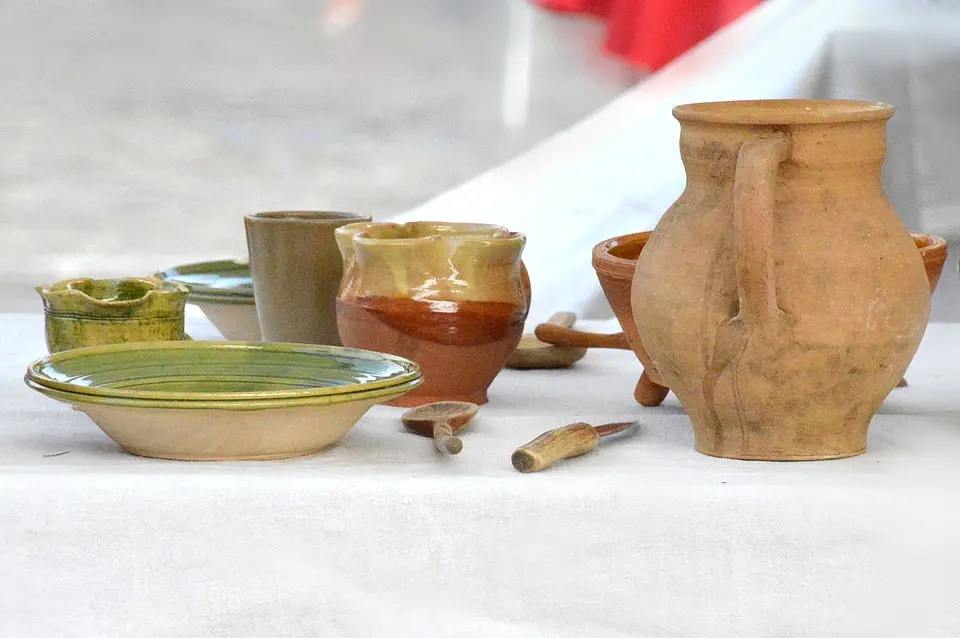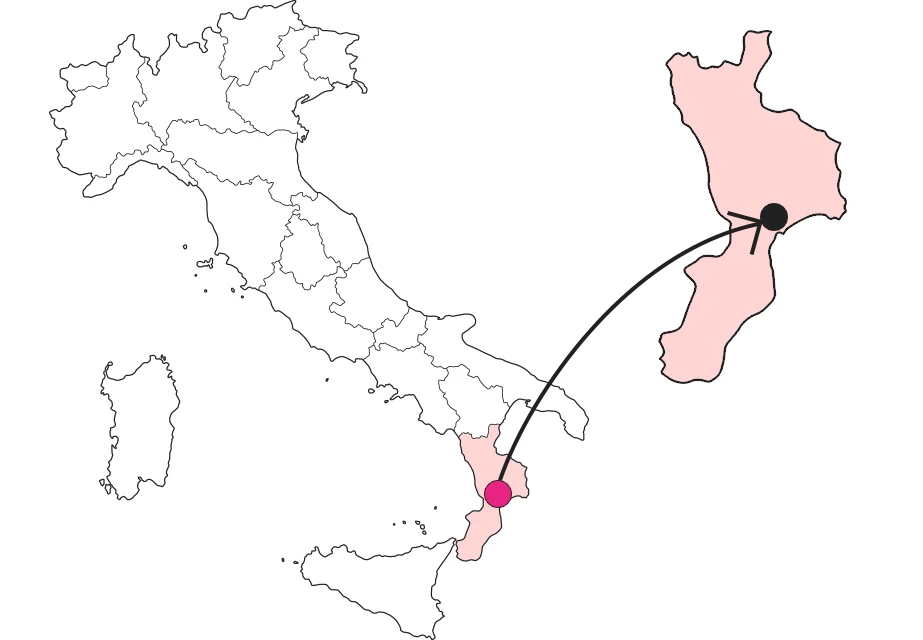SHARRYLAND


The land of argagni
A varied production of ceramics of current use revives the memory of the peasant civilization of times gone by


Where

Pottery reviving images of the past
A town of traditional craftsmanship, this was Sant'Andrea, with particular renown for the production of terracotta artifacts, generically included in the term argagni. A production intended for the local market, objects related to the domestic sphere, mainly kitchen and pantry, with a repertoire of shapes ranging from glasses to piggy banks. The pieces that came out of the potter's wheel were engobed, that is, coated by immersion with a very thin layer of white clay, which immediately afterwards could be graffitied with simple decorations, or colored with a sober range of figuration and hues.
An amazing repertoire of shapes and names
The survey was distinctive, from pretty wine mugs with curved handles and trefoil rims to piñatas for cooking legumes treated to withstand temperature variations. The nomenclature is also interesting. For example: the lancedda, a jug for water with a wide cylindrical neck and wide handles; the piriattu, a wine jug with small handles and a short central spout; the salaturi, cylindrical jars for preserves with four handles below the rim; and the limba, a deep tray intended to collect blood during pig slaughtering to make black pudding.
When refrigerators were yet to come....
The term vozza, on the other hand, refers to the typical water flask. The deliberate lack of an impermeable covering causes the liquid to slowly ooze through the thin earthenware wall, drawing heat away from the vessel by evaporation with a refrigeration effect that is all the more pronounced the hotter and drier the air. Fact is that peasants to carry water for drinking in the countryside much preferred this flask rather than a glass bottle.
Evil eye? Put a little monster on the roof.
Included in the review of Andriola's ceramic production is a scaramantic artifact, a sort of clumsy puppet with a griffin or monstrous appearance, known as a gau, which was placed on the pious high points of houses with an apotropaic function, that is, to counteract an evil magical influence. Vibrantly colored pottery of great ethnographic interest, evocative of a now distant past, like the superstitions that justified its existence.
Enter the Map of Italy's Undiscovered Wonders and find treasures where you least expect it... Inspire, Recommend, Share...
Collections
The Map thanks:
PSC 2014-2020 del Ministero del turismo - Avviso “Montagna Italia” - Progetto le Montagne del sole - Codice CUP J38J22000450008


